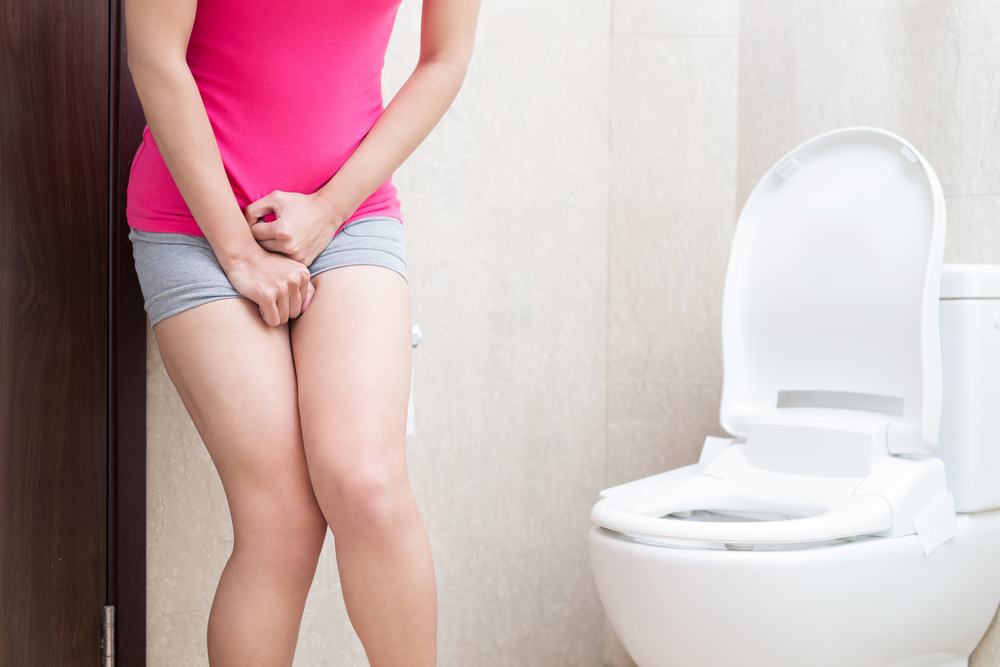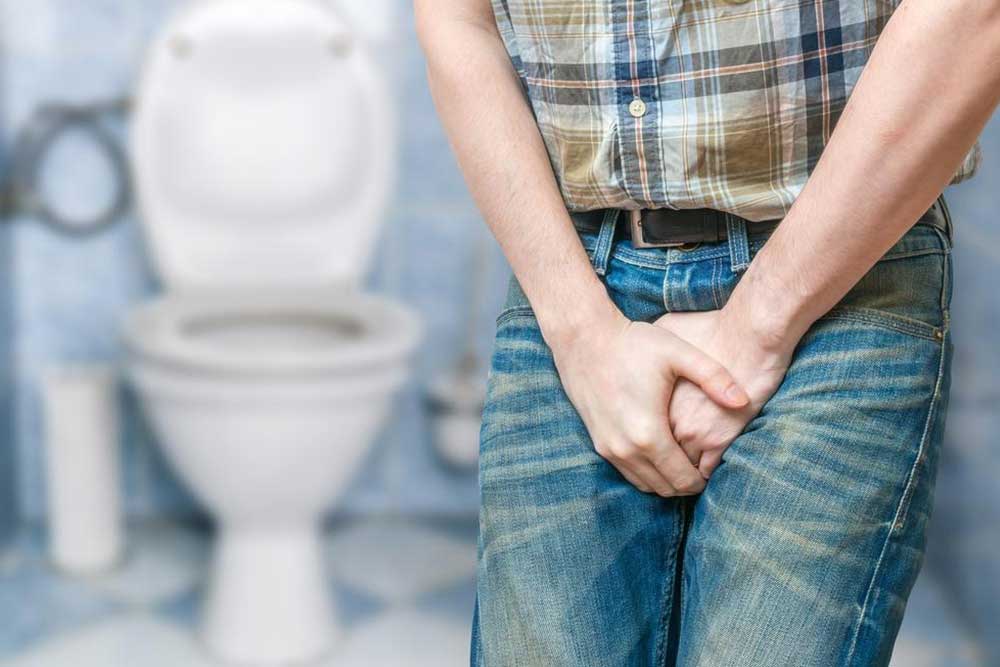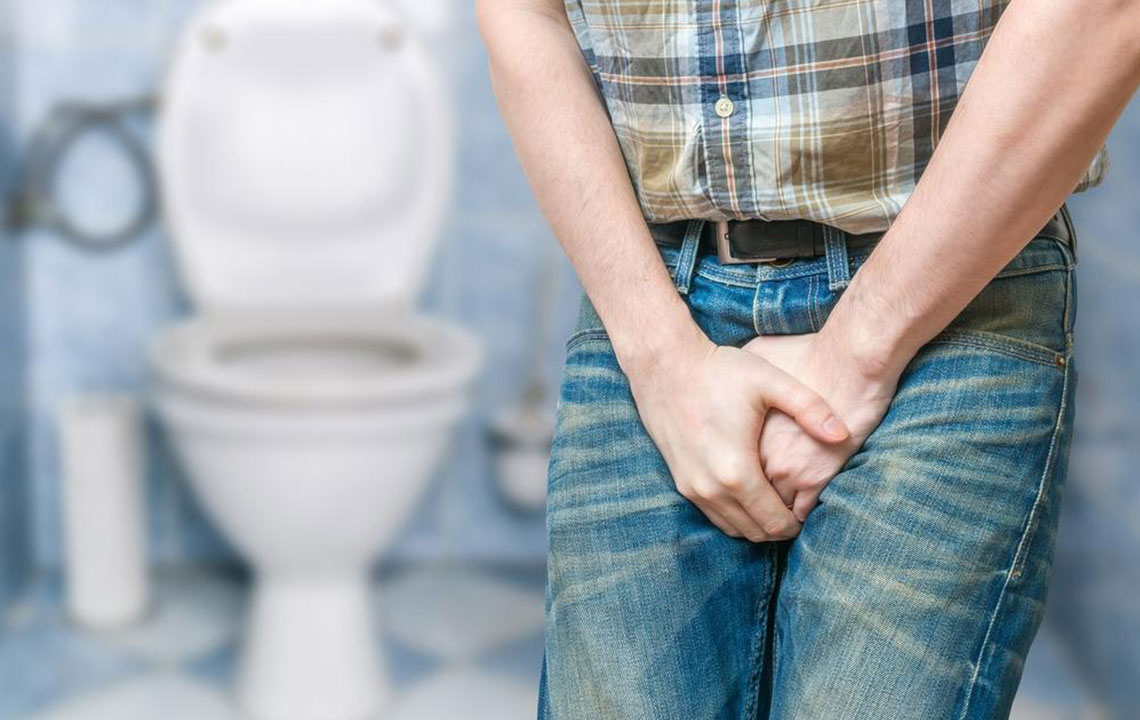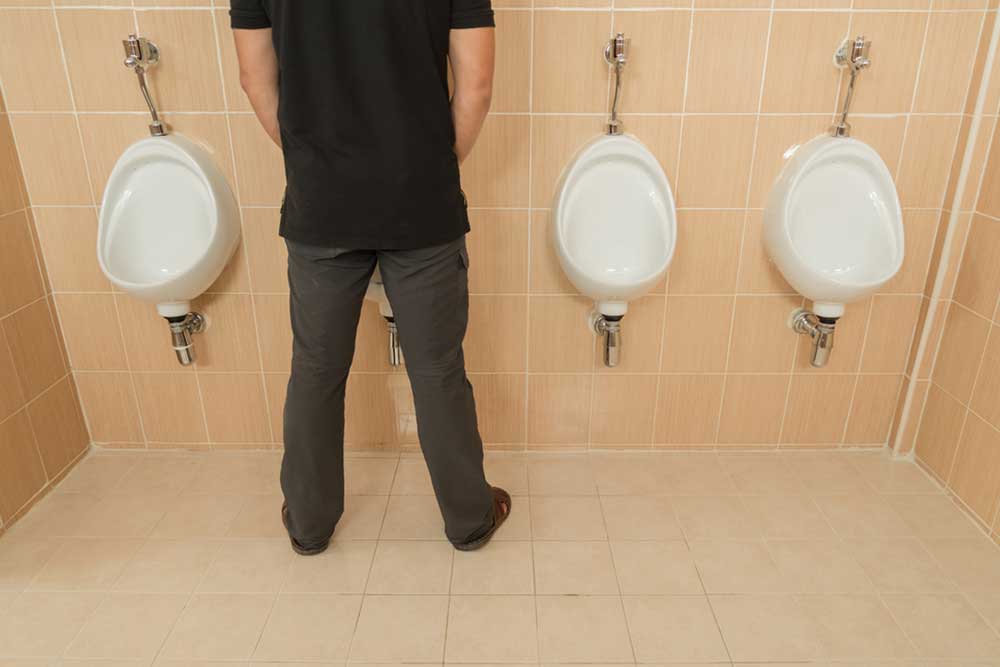Understanding Frequent Urination: Causes, Symptoms, and Remedies
Frequent urination involves the need to pass urine more often than usual and can signal underlying health issues. Causes range from lifestyle factors to medical conditions like infections, diabetes, or bladder problems. Common symptoms include urgency, nocturia, and discomfort. Treatments include pelvic exercises, bladder retraining, fluid management, and dietary changes. Recognizing symptoms early and consulting a healthcare professional is essential for effective management and improved quality of life.

Understanding Frequent Urination: Causes, Symptoms, and Remedies
Understanding frequent urination - causes, signs, and treatment options
Frequent urination refers to the frequent urge to urinate beyond normal daily patterns, which can disrupt routine and sleep. It may signal underlying health issues. Medically termed as increased urinary frequency, it's different from urinary incontinence, which involves involuntary urine leakage. Many individuals experience frequent urination, and in some cases, it leads to urinating over three liters daily. Recognizing its causes and symptoms is vital for proper management.
Below is an overview of common causes, symptoms, and treatment approaches for frequent urination.
Key facts about frequent urination:
It describes the need to urinate multiple times during day and night, distinct from urine leakage.
Typically, six to seven bathroom visits within 24 hours are normal; exceeding this may indicate a problem.
Simple exercises can often address frequent urination, provided no underlying conditions such as diabetes exist.
Common causes include:
Lifestyle factors such as high fluid intake, caffeine, and alcohol
Habitual urination patterns
Issues related to kidneys or ureters
Bladder dysfunction or infections
Medical conditions like pregnancy, prostate issues, diabetes mellitus or insipidus
Anxiety or nervous system disorders
Medications such as diuretics
Nerve-related conditions, stroke
Urinary tract infections
Pelvic tumors or masses
Overactive bladder syndrome (OAB)
Bladder or kidney stones
Urethral strictures
Other infections, diverticulitis, or STIs like chlamydia
Symptoms to watch for:
Frequent urination episodes
Nighttime urination (nocturia)
Pain during urination, lower back or side pain
Cloudy, bloody, or discolored urine
Urinary incontinence or loss of bladder control
Fever, chills, nausea, vomiting
Difficulty urinating despite urge
Discharge from genital areas
Increased thirst and hunger
Treatment options include:
Kegel exercises to strengthen pelvic floor muscles, aiding bladder control
Bladder retraining to extend intervals between urination over several months
Fluid management to ensure proper hydration without excessive night-time drinking
Diet modifications to avoid bladder irritants such as spicy foods, caffeine, alcohol, artificial sweeteners, carbonated drinks, chocolate, and tomato products. Increasing fiber intake can also help manage symptoms, especially where constipation worsens OAB
Note: The information provided is for general knowledge and not a substitute for professional medical advice. Always consult a healthcare provider for proper diagnosis and treatment.










